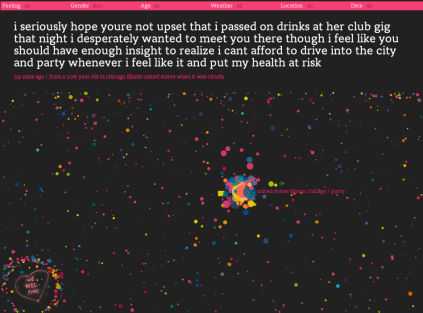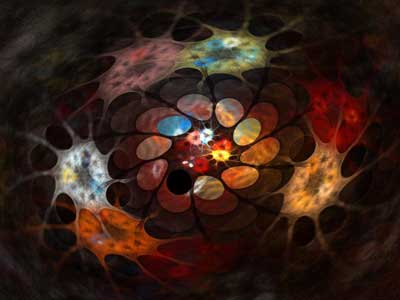When I think about how the Internet has changed my life, the first thing that comes to my mind is to thank this revolution for the incredible access to knowledge that has provided me (and millions around the planet).
And one of the reasons I’m so thankful has to do with TEDTalks. An incredible conference that happens in California every year were great minds get together, not to sell anything, but to share some of their ideas and investigations. And the organization behind TED has made sure these ideas get out there to the general public thanks to their online videos. Each week, I get on my feed a new conference, a new idea, that sparks something inside me.
Today, I saw an incredible performance that has a lot to do with this blog. MIT researcher, Golan Levin, has created an amazing piece of software that transforms his computer into an instrument and a canvas at the same time. And it’s a triumph of the blend between art and science.
I found his performance fascinating. It reminded me of a concert I’ve assisted a month ago about contemporary music. The avant garde musicians of our time are trying to discover new ways of shaping sound by breaking all the established rules we know about rythm, melody and harmony. To many of us, used to the pop sounds replicated in all media, it’s hard to understand how such noise could be considered music.
Yet, this software provides a synesthetic experience that helps us to understand better modern art and it certainly demonstrates how simple and profound creativity can be (and how all things in nature are related).



